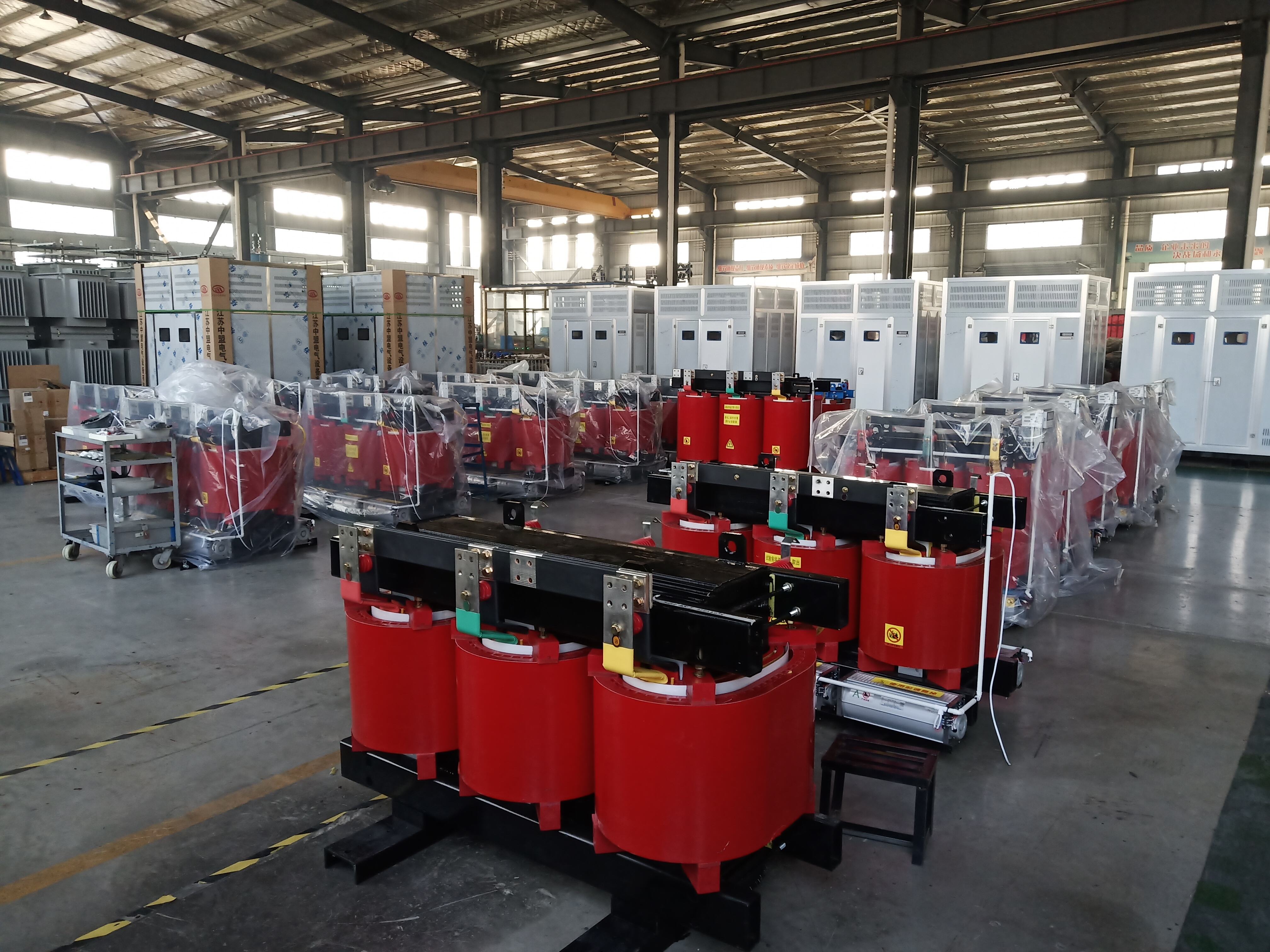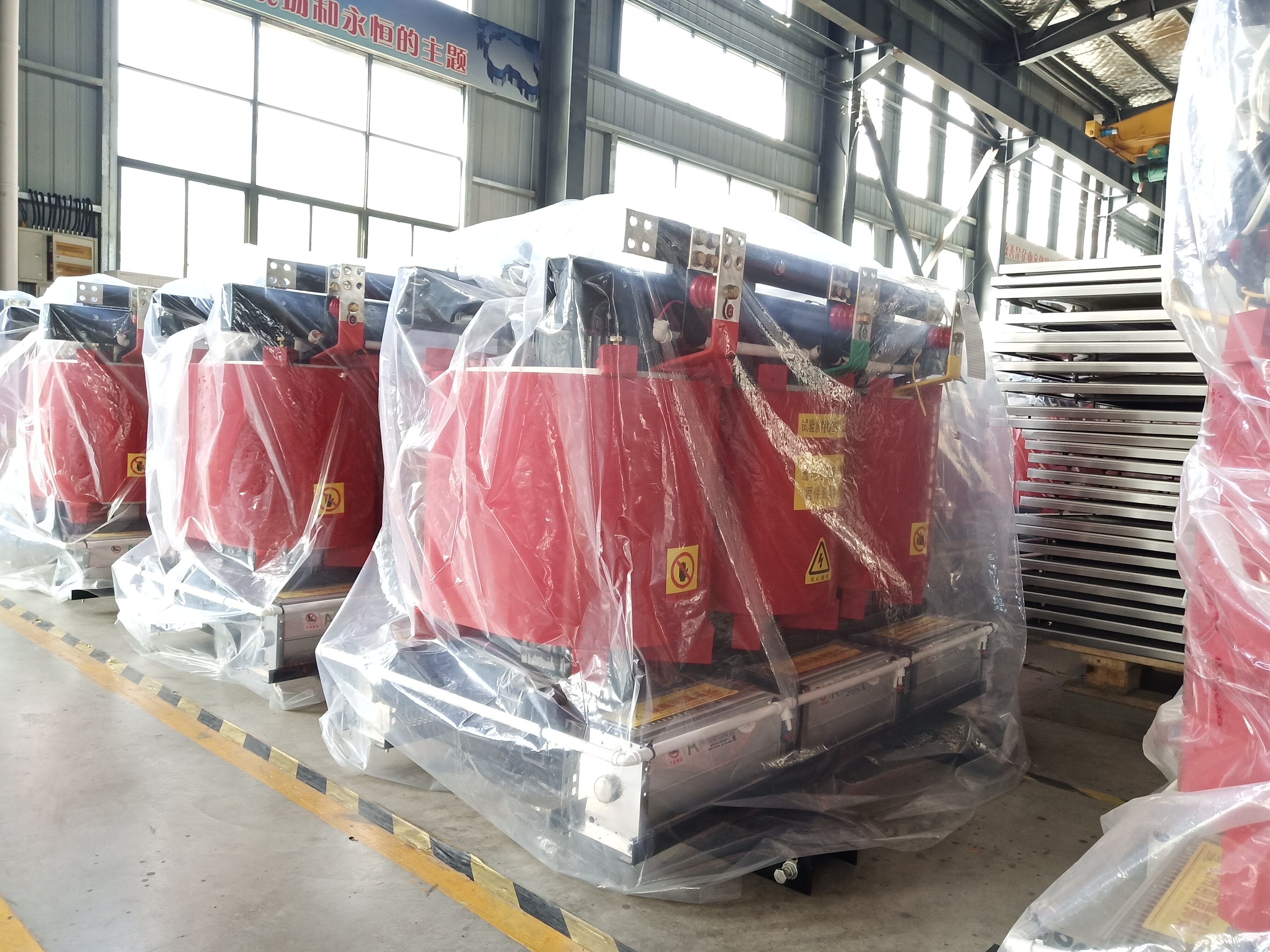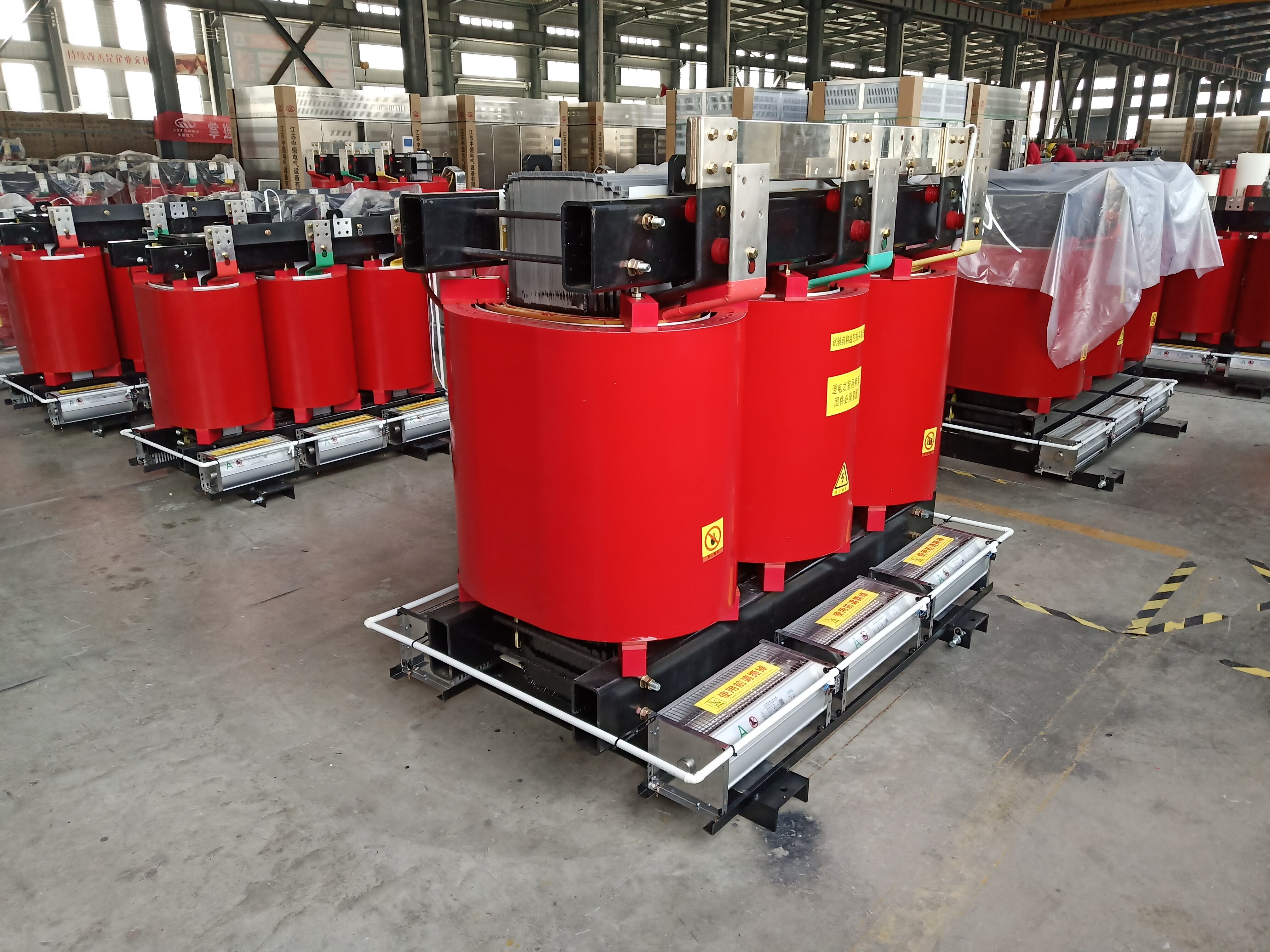oil transformer price
Oil transformer price represents a critical consideration in power distribution infrastructure investments. These essential devices utilize insulating oil to transfer electrical energy between circuits while maintaining different voltage levels. The price varies significantly based on factors including capacity rating, voltage class, cooling system type, and manufacturing quality. Modern oil transformers incorporate advanced monitoring systems, efficient cooling mechanisms, and environmentally friendly insulating oils. They typically feature robust steel tanks, specialized bushings, and sophisticated tap changers for voltage regulation. The price structure reflects not only the basic equipment cost but also includes safety features, testing certifications, and warranty coverage. Manufacturers often provide customization options such as special protection systems, monitoring equipment, and specific insulation levels, each affecting the final price. The market offers various models ranging from standard distribution transformers to specialized industrial units, with prices scaling accordingly. Components such as conservator tanks, pressure relief devices, and temperature indicators are standard inclusions that influence the overall cost. Understanding oil transformer pricing requires consideration of long-term operational costs, including maintenance requirements and energy efficiency ratings.


